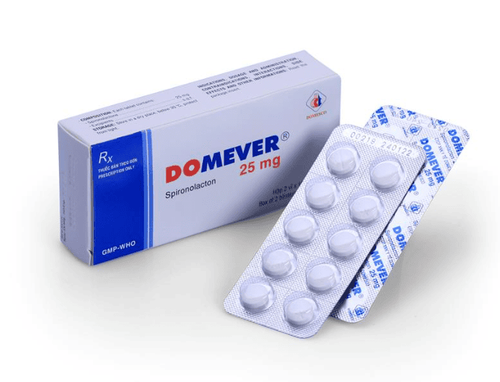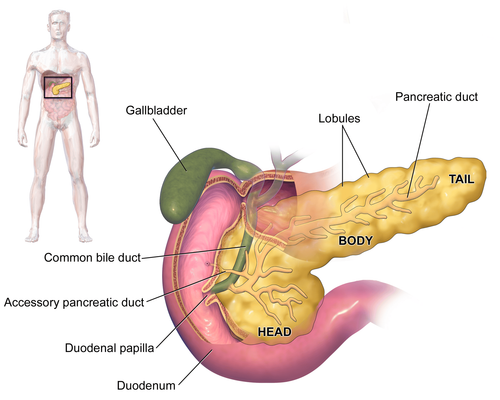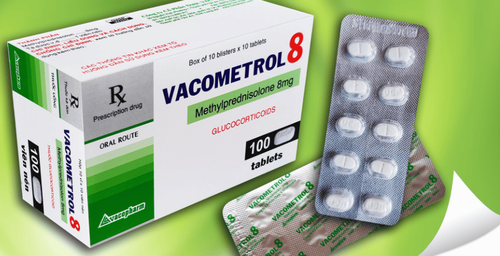This is an automatically translated article.
Nephrotic syndrome is common in pathologies of the glomeruli. Nephrotic syndrome complications are often very unpredictable and blockage of the blood vessels is one of them.
1. Nephrotic syndrome and complications
Nephrotic syndrome is not a disease. This is a group of symptoms characterized by proteinuria >3.5g/1.73 m2 skin/24 hours, hypoalbuminemia, edema and hyperlipidemia.
In nephrotic syndrome, the glomerular basement membrane is damaged, increasing the permeability of the glomerular basement membrane and increasing the size of the filter holes caused by histological lesions, causing a lot of proteinuria. It is also the main cause of a host of other consequences.
Complications of nephrotic syndrome are quite complicated, including embolism, effusion, infection, peptic ulcer,... Among them, thromboembolic complications in nephrotic syndrome is one of the complications. the most dangerous.
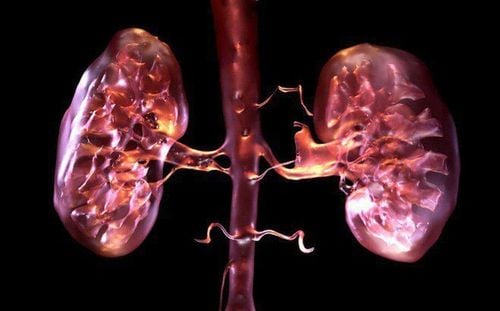
Hội chứng thận hư gây ra nhiều biến chứng đến sức khỏe người bệnh
2. Causes of thromboembolic complications in nephrotic syndrome
In fact, kidney failure is a chronic disease, slow progression, complicated treatment process and sometimes patients need to be monitored throughout life. According to many studies by doctors, the cause of thromboembolic complications in patients with nephrotic syndrome is due to a combination of many factors, including:
2.1. Hypercoagulable disorders Causes of hypercoagulability in patients with nephrotic syndrome:
Increased platelet count and increased platelet aggregation; Significant reduction of fibrin factor and agents that inhibit blood coagulation through the urinary tract: decreased plasma concentrations of plasminogen, ATIII, protein C, protein S and decreased activity of protein C and protein S; Increase in some clotting factors produced by the liver: patients with nephrotic syndrome lose a lot of protein through the urine, causing blood protein and blood albumin to decrease, thereby inadvertently triggering the liver to increase the production of carrier factors. Protein in nature has clotting factors. Many studies have shown that patients with nephrotic syndrome have increased factors V, VII, VIII, X, von Willebrand, fibrinogen and α2-macroglobulin, which can even change blood viscosity. . It is the cause of coagulation disorders in the direction of hypercoagulability that the risk of thromboembolic complications in nephrotic syndrome patients is very high.
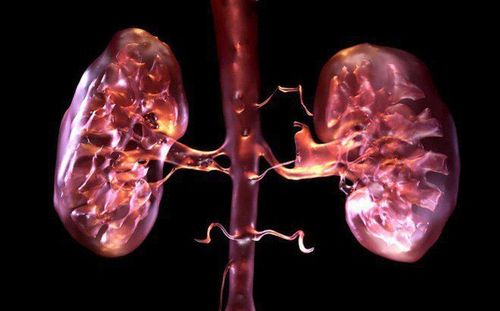
Tình trạng rối loạn đông máu
2.2. Decreased circulatory volume Because of decreased circulating volume in patients with nephrotic syndrome, low blood protein causes low blood oncotic pressure, which in turn leads to leakage of fluid into the interstitial space (edema) and due to diuretic use, the rate of blood loss is reduced. Slowed blood flow also contributes to an increased risk of embolism.
2.3. Other causes Other factors that can lead to thromboembolic complications in nephrotic syndrome are as follows:
Abnormalities in platelet activation and aggregation, increased platelet count; Changes in the glomerular hemostasis system; Changes in circulating blood volume.
3. Detecting complications of occlusion to take timely measures
In order to detect complications in time, patients need to know the basic symptoms of the disease, including clinical and subclinical symptoms.
3.1. Clinical symptoms Clinical symptoms of thromboembolic complications in patients with nephrotic syndrome depend on the location of the blockage, specifically as follows:
Renal vein occlusion: Back pain, nausea, urination bleeding, enlarged kidney and decreased renal function, left scrotal varicose veins. In fact, the majority of renal vein obstruction in patients with nephrotic syndrome is asymptomatic and requires Doppler ultrasonography or magnetic resonance angiography to detect it.
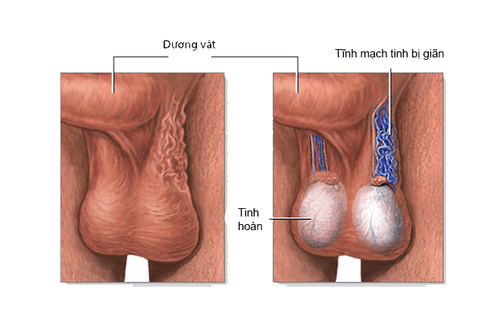
Hình ảnh giãn tĩnh mạch bìu trái
Obstruction of other veins: Pulmonary embolism also often has little clinical manifestations, clinical manifestations are only seen in less than 1/3 of patients with dyspnea or obvious dyspnea. Deep vein thrombosis is also common and only a small number of patients present with clinical manifestations such as asymmetric edema of the legs (venous thrombosis can also occur in other vascular systems).
Arterial occlusion: Arterial occlusion is less common than venous occlusion, but it is a serious complication such as lower extremity artery occlusion presenting with leg pain, cyanosis, and dorsal pulse that is difficult or undetectable. Some patients will have limb necrosis, requiring amputation.
Coronary artery occlusion causes angina pectoris, acute myocardial infarction. Cerebral artery occlusion causes stroke.
3.2. Subclinical For subclinical symptoms, it is necessary to have the intervention of accurate tests to diagnose and detect the disease in time.
3. Consequences of thromboembolic complications in patients with nephrotic syndrome
Venous or arterial occlusion is a dangerous complication in patients with nephrotic syndrome. Venous occlusion is more common than arterial occlusion. Obstruction can occur in any vein, but deep vein thrombosis of the lower extremities is more common than other veins. Obstruction in arteries is a serious complication that can be life-threatening for patients: blockage of pulmonary arteries, coronary arteries, cerebral arteries,...
Complications of thromboembolism in patients with renal syndrome Damage is considered a rather dangerous complication, which needs special attention. Therefore, it is better for patients to go for regular check-ups according to the doctor's instructions to closely monitor their health status and promptly detect disease events.

Khám sức khỏe định kỳ là việc làm cần thiết
Patients with nephrotic syndrome or with suspected symptoms can go to Vinmec International General Hospital for examination, diagnosis and treatment. Here gathers a team of urological surgeons who are well-trained, have high technical qualifications, and are experienced in examining and treating related diseases of the urinary system. Vinmec focuses on investing in a system of modern and advanced medical equipment with professional service quality, bringing high efficiency in diagnosis and treatment.
For detailed advice, please come directly to Vinmec Health system or book online HERE.
Recommended video:
Periodic health check at Vinmec: Protect yourself before it's too late!
MORE:
Nephrotic syndrome: Diagnosis and treatment Dangerous complications of nephrotic syndrome Diet for patients with nephrotic syndrome






